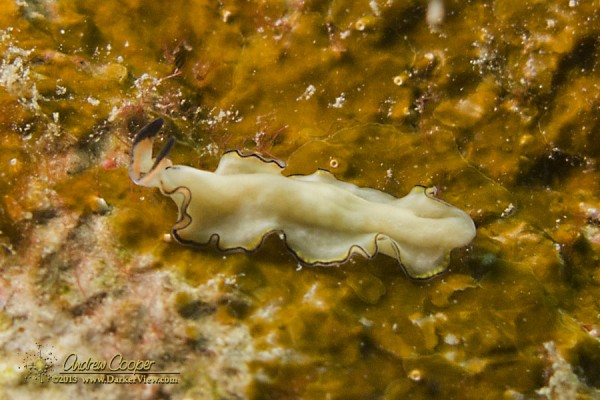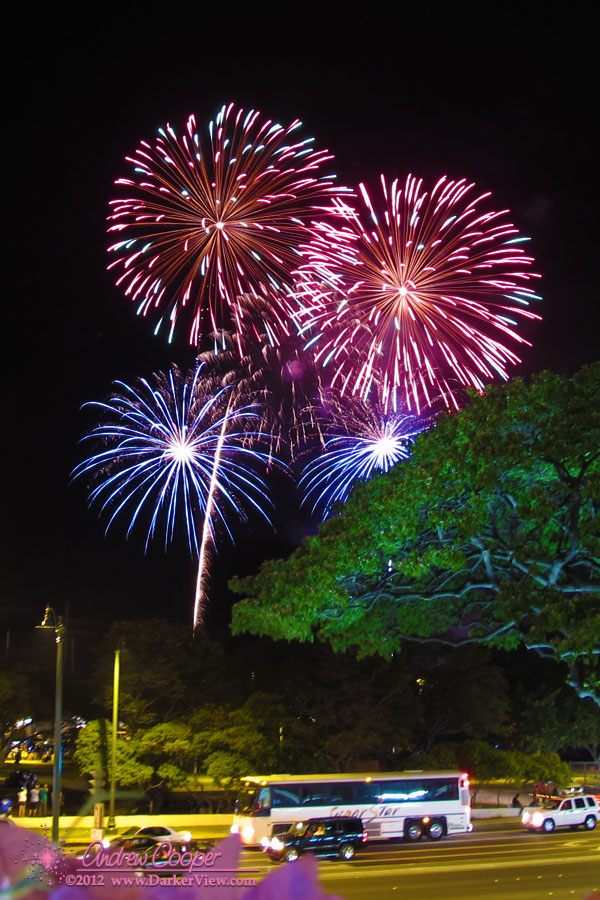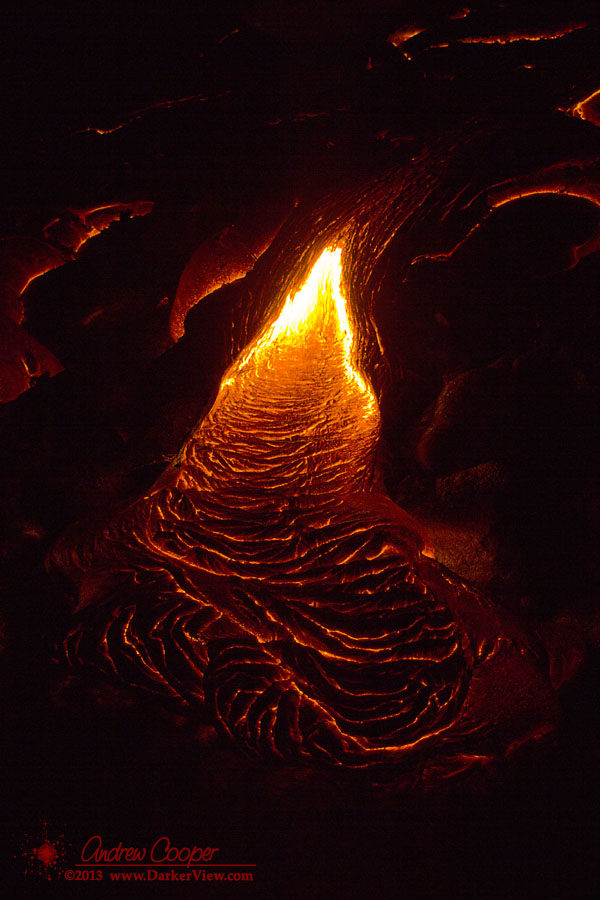It was small, but I was looking for small, scouring a reef wall at Kua Bay. At first glance I hoped I had found a nudibranch, a closer look revealed a flatworm. A pretty little creature moving quickly across a sponge covered surface. I did not recognize the species, not one of the usual flatworms we see by day. Certainly not another fuchsia flatworm, I had lost count of those early in the dive.
I am not alone in not being able to identify the species. It was not in the book, I had to search the websites before I found any reference to a matching species. The reference on Hoover’s website came without an identification, merely a genus name and a description that perfectly matched the flatworm I had found. Active by day on a shaded wall… Check. Found at 15-20ft… Check, more or less, found at 30ft. Reported from Maui by a known expert in the field Cory Pittman.
The worm does resemble a species known in Indonesia, the Philippines and the Mariana Islands, Pseudoceros bimarginatus. There are some differences in the photos as well. No clear answer, best leave this ID to experts. I have forwarded my photograph.
Thus my identification remains… Pseudoceros sp?





